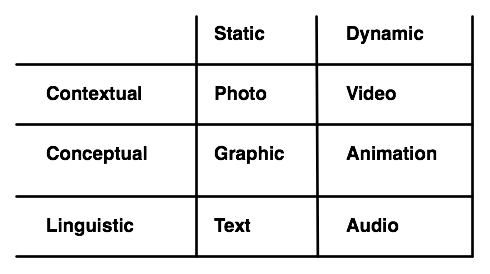Ok, so I’m on the eLearning Guild‘s research team for mobile learning (a truly awesome group of people to be able to work with), and one of the team members asked: how do you get transfer from mobile learning? My reply was:
transfer … comes from a couple of sources: applying the same concept as skill in different contexts, and reflection even after a single context explicitly discussing abstraction and reapplication in other contexts.
So, a couple of ways (and agreeing with [the] notion of a blend, so these are in conjunction with other activities): you can stream out different examples in different contexts for viewing/reading/listening (vcast, PDF/page, podcast), you can make available little mini-scenarios in different contexts, you can bring in reflection after real-life practice, you could provide abstraction and reapplication questions after most any of the above…
This was just off the top of my head, but there’s a point here. You’ve heard me riff on models before, and to answer the question I stepped back and looked at the fundamental concept behind transfer (ok, a very abbreviated version), and then put that together with some of the models behind mobile, and was able to generate an answer on the fly. That’s the power of models: they’re explanatory, they’re predictive, and they’re generative.
And, of course, thinking about mobile design is a habit I’m trying to inculcate in organizations and designers. There are great opportunities to deliver not only immediate (and, potentially, contextualized) performance support, but also to extend learning. Will Thalheimer has touted ‘learning follow-on’ systems, and it’s also consonant with my ‘slow learning‘ interest in developing people over time.
So, think models, think mobile, think opportunity!
(And stay tuned for the report. I was part of the Immersive Learning Simulations report, and it was not only fun but I think the outcome is really good, and I expect the same here.)
